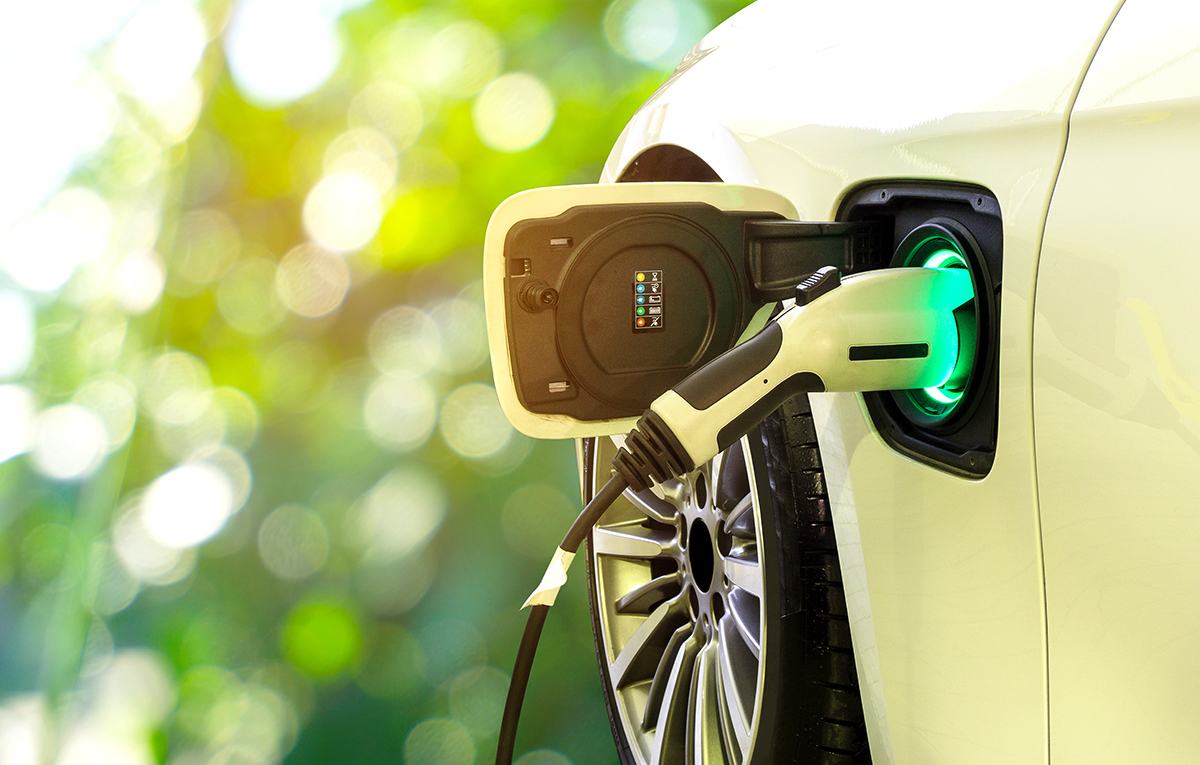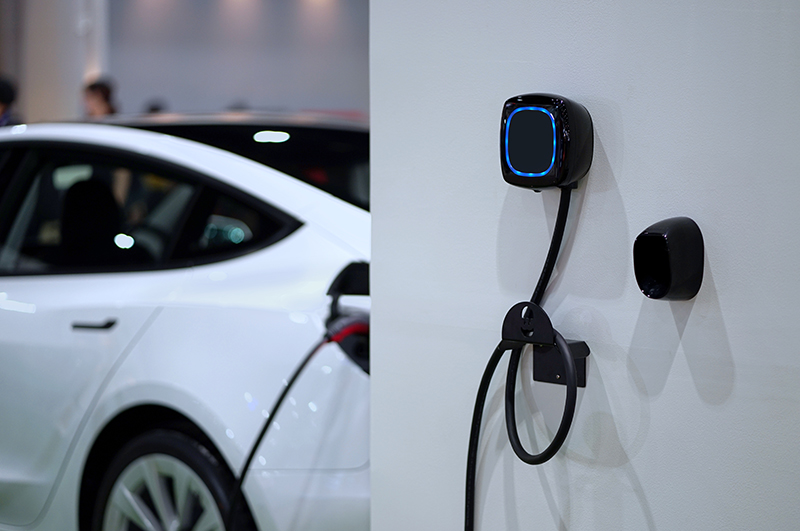How to take care of your Electric Vehicle (EV) during a heatwave

Published: Thursday, 09 February 2023
How To Take Care of Your Electric Vehicle (EV) During A Heatwave
Summertime has finally arrived and whilst most of us are excited to bask in the warm weather, the same cannot be said about our EVs.
Warm weather can cause several issues with electric cars, from overheating to tyre problems. With temperatures set to reach as high as 42° this summer, there’s no better time to learn how to maintain your electric vehicle during warm weather spells. Find out the best way to care for your EV during a heatwave below.
How Can Warm Weather Affect EVs?
Warm weather can impact your EV in a variety of ways. Some of the most common causes of concern are:
EV batteries
The effect that hot temperatures can have on an EV’s battery has been highlighted as a key area of concern. EV’s feature lithium-ion batteries which don’t tend to respond positively to extreme temperatures. EV batteries work most effectively at temperatures of 20 - 25°C. When the weather gets warmer than this, overheating can occur; especially if you are driving at high speeds for long journeys.
An overheated battery can also cause issues with charging, as the charging speed can decrease or halt altogether for safety.
Some EVs are able to manage better with high temperatures due to being built with an effective cooling system. For example, brands such as Tesla, Hyundai and Kia are built with efficient cooling systems which use cooling liquid to prevent their battery from overheating.
Air conditioning
For many drivers, car air conditioning is a real saving grace during hot weather spells. However, it has been reported that turning on the aircon in your EV reduces its range by 17%! This means that if you were to plan a 100-mile trip, you’d only be able to travel 83 miles during a heatwave.
Tyre Issues
According to the Department for Transport, tyre-related issues are more common during the month of July. High temperatures can affect your electric car’s tyre pressure, especially since EVs are heavier than petrol and diesel vehicles.

Top Tips For Maintaining Your EV During A Heatwave
In order to help you combat the negative impacts that high temperatures can have on your EV, here’s 6 top tips for taking care of your EV during a heatwave:
Park your EV in the shade
Like most batteries, the lithium-ion batteries in your EV can lose charge if left out in the sun for too long. To keep your EV as cool as possible, we recommend finding a shaded spot to park your vehicle wherever possible. If you’re having trouble finding a parking spot in the shade, you can invest in passive cooling systems like windscreen sun-shades and blinds.
Only charge your EV to 80%
Most manufacturers recommend that you don’t charge your EV to 100% as best practice for battery care. These batteries have an optimum percentage level which you should consider when charging to avoid overcharging and overheating. You can usually find this information in your manufacturer’s documents.
It’s recommended that you charge your EV to 80% in most cases, but especially during summertime when temperatures are high. Charging higher than this whilst the weather is hot can cause cell degradation, a condition which occurs when lithium battery cells lose the capacity to charge at their original rate.
Choose sheltered charging stations or underground charger stations
If you don’t have a home EV charger, you’ll need to charge your car at an EV charging station. Bear in mind that high temperatures can also have an impact on charging stations. For this reason, it’s best to find a sheltered charging station or an underground station to keep your EV cool whilst charging and to allow your charger car to cool down.
Unfortunately, not many public charger stations are sheltered or underground at the moment. An alternative to public charger stations are domestic charging stations and workplace charging points. This way you can position your charging pod in a sheltered area and ensure that your EV can charge safely and efficiently.
Use preconditioning
New EVs are built with a useful bonus feature called preconditioning. With this setting, you can pre-cool your car before a long journey and also avoid draining your battery by having your aircon on full blast whilst driving. You can access preconditioning in your EV’s infotainment system or through using a smartphone app.
It’s worth noting that preconditioning works best when you plug it in to charge overnight as energy will be drawn from the charger instead of your battery. Thus, those with home EV chargers would benefit from this feature the most.
Use Eco-Mode
New electric and hybrid cars feature an eco-mode setting which increases your EV’s efficiency. Eco-mode reduces the amount of power supplied to your electronic systems for functions such as acceleration.
EVs use more energy in the heat and this setting can help to save your charger car’s range, especially during long haul journeys.
Avoid driving between the hours of 12 noon to 3pm
During summer, the periods between 12pm noon - 3pm are usually the warmest. Due to this you should aim to plan your journey’s outside of these times. As aforementioned, your EV uses more energy when outside temperatures are high. So, driving when it’s cooler outside can help to save energy and allow you to get the most out of your electric vehicle’s range.

Charging Your EV at Home
You can avoid keeping your EV out in the sun at busy public charging stations by getting a home EV charging station installed. This way, you can charge your EV when it’s most convenient for you and benefit from the advantages of overnight charging during cooler periods.
Take a look at our diverse selection of EV charging points to find a suitable option for you. We stock EV chargers from leading brands such as Pod Point, Wallbox and Easee.
For more information on EV charging, take a look at our helpful EV charger guide.

